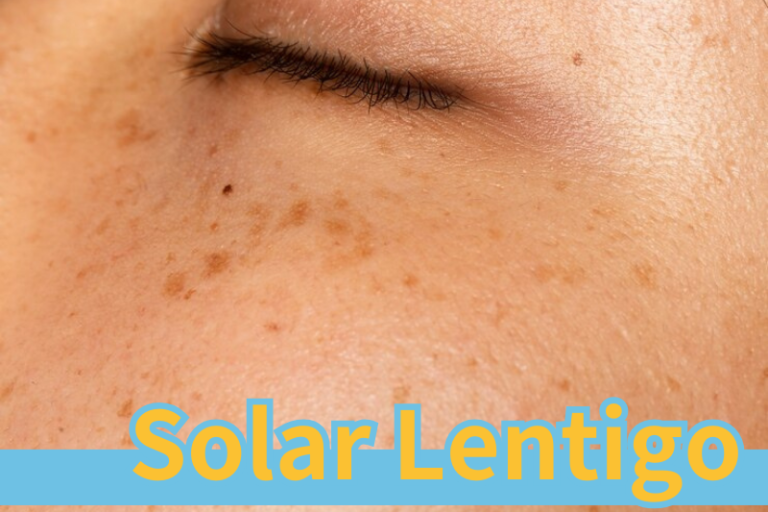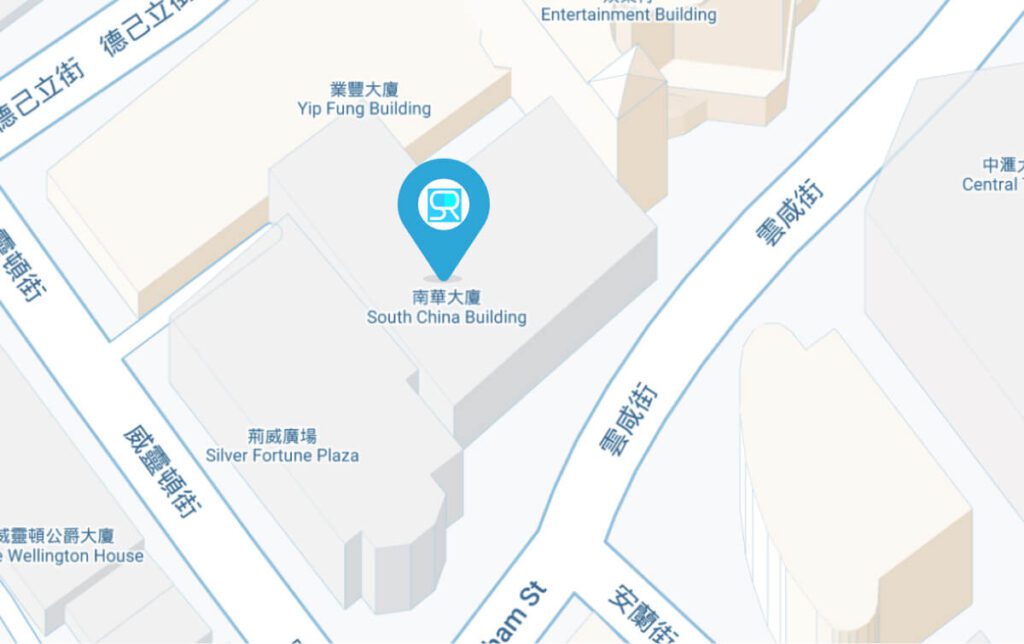BLOG/
How to Combat Solar Lentigo?

Solar lentigo, also known as sun spots. Although this skin condition is benign, it tends to appear gradually with age, usually starting after the age of 40. Understanding the causes and characteristics of solar lentigo helps us better prevent and address this common skin issue.
Causes of Solar Lentigo
The appearance of solar lentigo is mainly triggered by ultraviolet (UV) radiation. Under sunlight, UV rays stimulate the melanocytes in the skin, which are responsible for producing melanin to protect the skin from sun damage. Over time, this melanin accumulates in the skin’s surface, forming spots. In addition to sun exposure, other factors such as genetics, hormonal changes, and certain medications can also contribute to the formation of these spots.
Appearance Characteristics
Solar lentigos typically have a flat appearance with clear borders and irregular shapes, ranging from oval to round. In terms of color, they may appear light brown, dark brown, or black, with sizes varying from a few millimeters to several centimeters. These spots usually occur in areas frequently exposed to sunlight, such as the face, backs of the hands, arms, and shoulders, where the skin is most susceptible to UV damage.
Important Considerations
The appearance of solar lentigo can sometimes be confused with melanoma, a type of skin cancer. Therefore, if you notice any large spots growing quickly, it is advisable not to speculate and instead seek evaluation from a professional doctor. This is especially important if the color, shape, or size of the spots changes. Additionally, a dermatologist may recommend a skin biopsy to rule out the possibility of skin cancer.
Symptoms and Treatment
In some cases, solar lentigo may become inflamed and accompany itching or pain. If this occurs, it is recommended to seek medical attention promptly; a doctor may prescribe anti-inflammatory creams to relieve the condition. It’s worth noting that solar lentigo can sometimes develop seborrheic keratosis on top, which is a benign skin growth typically appearing as raised bumps. If you have concerns about this, seek advice from a medical professional.
Preventive Measures
The most important method to prevent solar lentigo is sun protection. This should not be limited to summer but should be a year-round skincare practice. Choose appropriate sunscreen products, apply them 30 minutes before going outside, and reapply every two hours. Sun-protective clothing and accessories, such as hats and sunglasses, can also effectively reduce direct UV exposure. Additionally, avoiding outdoor activities during peak sunlight hours (usually from 10 AM to 4 PM) can further lower the risk of developing spots.
Laser Treatment
If solar lentigo has already formed and affects your appearance, laser treatment is an effective option. During this process, a doctor uses specific wavelengths of laser to target the melanin precisely. The melanin absorbs the laser energy, generating high heat that destroys the melanin cells. This treatment method not only effectively removes the spots but also promotes skin regeneration, making the skin appear smoother and more even.
Conclusion
Understanding the causes, characteristics, prevention, and treatment methods of solar lentigo is essential for everyone. As we age, maintaining good sun protection habits, regularly checking our skin condition, and seeking professional medical help when necessary can effectively reduce the risk of these spots, keeping our skin healthy and beautiful. I hope this article helps everyone better understand solar lentigo and take appropriate measures to protect their skin.
Hidden Content
Hidden content


